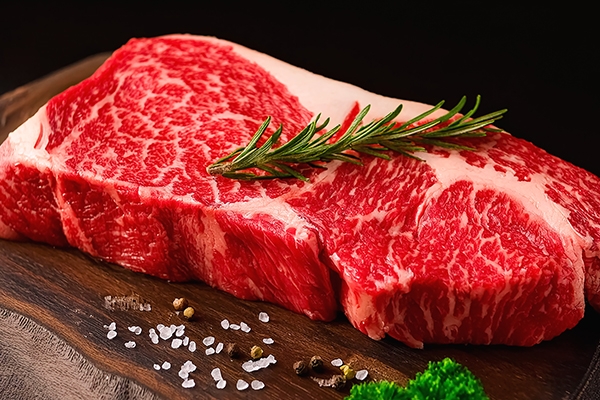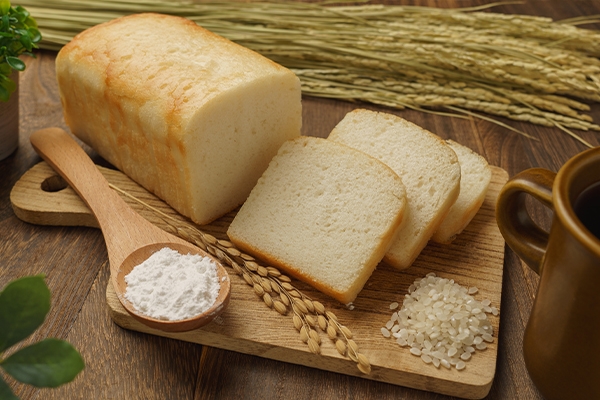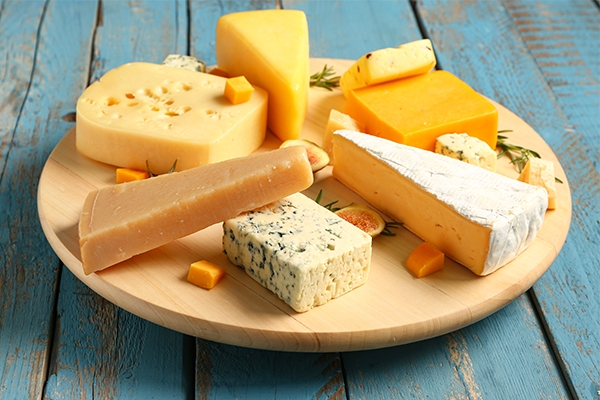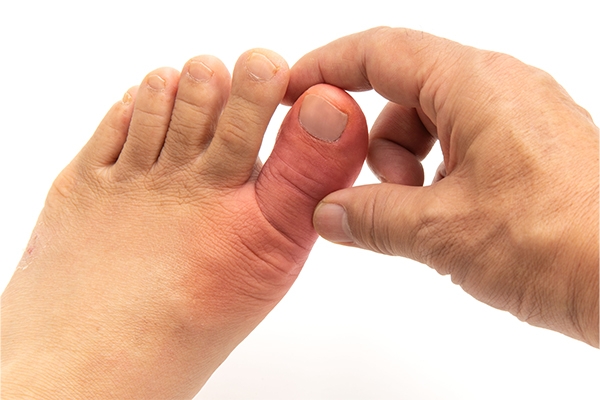Gout Diet: What to Eat, What to Avoid

"Don't eat the innards!" "Don't eat chips!" "Don't eat spinach!" Those are just some foods that should not be consumed because they are said to cause gout. Is that right?
Gout arthritis is a painful kind of arthritis in which too much uric acid accumulates and crystallizes in the joints. The body produces uric acid by breaking down purines. Purines are found in a variety of foods.
According to the WHO, the normal level of uric acid in men is 3.5–7 mg/dl and 2.6–6 mg/dl in women.
Above-normal uric acid levels are mainly caused by the body's inability to eliminate excess uric acid efficiently. As a result, uric acid builds up, crystallizes, and deposits in the joints, producing swelling and arthritis in the big toe, knee, or heel. Uric acid-induced inflammation begins suddenly.
People with excessive uric acid usually go to bed without any symptoms, but when they wake up in the morning, they have severe pain like burning on their feet, swelling, and redness which makes them unable to walk. This syndrome often lasts 3–10 days.
The increase in uric acid in the blood is usually caused by two factors: excessive consumption of high-purine foods and reduced excretion of uric acid due to impaired kidney function.
Some of the following conditions can also produce uric acid problems:
- A middle-aged man or a postmenopausal woman.
- Having a family member with gout.
- Consume booze.
- Taking drugs such as diuretics and cyclosporine.
- Have hypertension, kidney illness, thyroid disease, diabetes, or sleep apnea.
Your doctor will also want to rule out other reasons for your joint pain and inflammation such as an infection, injury or other type of arthritis. Tests you might have include joint fluid analysis, blood test to check uric acid levels, and imaging test, such as X-rays.
How to prevent gout attacks?
Gout can be controlled by exercising and maintaining a healthy diet. Here's a gout diet to help you avoid recurrent gout attacks and slow joint damage.
1. Avoiding high-purine food and drinks

To prevent gout attacks, it is advisable to limit the consumption of high-purine foods and drinks, such as alcoholic drinks, red meat, various organ meats, and seafood.
Some vegetables, fruits, legumes, and grains contain high levels of purines. If you have high uric acid levels, it's best to avoid consuming spinach and asparagus. You can replace them with other low-purine vegetables like tomatoes, carrots, and broccoli, which can help reduce uric acid levels.
Fruits like bananas and cherries are recommended for gout. Bananas are preventing the formation of uric acid crystals in the blood, as they are low in purines and rich in vitamin C. On the other hand, cherries contain anthocyanins with antioxidant and anti-inflammatory properties, which can help lower uric acid levels.
2. Limiting fructose consumption

Even if they are low in purines, drinks sweetened with fructose and sugar can raise the risk of gout and gout attacks. Foods high in fructose deplete adenosine triphosphate, resulting in an increase in uric acid. Avoid fruit juices, sugary sodas, and sugary treats like cakes and cookies.
3. Limiting carbohydrate

Limiting refined carbs, such as white bread or dishes made with white flour, is an excellent option. Consume more whole grains.
4. Reduced consumption of saturated fat

Saturated fatty acids can be found in foods such as butter, full-fat cheese, shortening, and palm oil. Instead, cook with unsaturated fats like olive oil and other vegetable oils.
5. Drinking plenty of water

Meeting daily water needs is crucial for individuals with gout. This helps maintain urine consistency, making it easier for uric acid to dissolve and preventing its accumulation in the body.
6. Exercise regularly and lose weight

Keeping your body at a healthy weight reduces your risk of gout. Choose low-impact activities such as walking, bicycling and swimming — which are easier on your joints.
Treatment for gout

Even if you have been on a gout diet, medicines are often needed to minimize the frequency and severity of arthritic attacks. The doctor may prescribe medications to assist lower uric acid levels and minimize inflammation and pain.
Which type of medication is right for you depends on the frequency and severity of your symptoms, along with any other health problems you may have.
Untreated uric acid can trigger the appearance of tophi, hard lumps formed by uric acid deposits in joints, skin, and the surrounding soft tissues. These lumps can damage bones and cartilage and lead to permanent joint deformities. Therefore, treatment is necessary to prevent uric acid from becoming chronic.
Tophi are typically found on the fingers, toes, knees, and ears. Tophi is painless in and of itself. The pain is frequently caused by inflammation. Tophi can occur in connective tissue outside of joints.
**
If you experience the above symptoms, immediately visit the GWS Medika Clinic, a health clinic in Jakarta, for consultation and examination.
The doctor will assess your condition and may suggest a uric acid test, which is good for monitoring uric acid levels. This test can be done using blood or urine samples.
In addition, the doctor may prescribe medications to assist in lowering your uric acid levels and reduce inflammation and pain.



